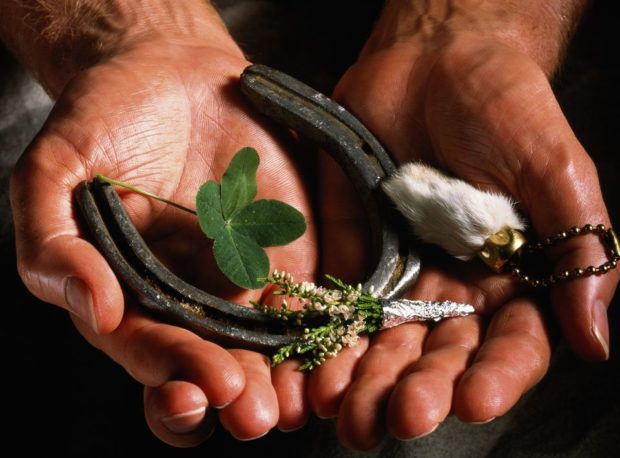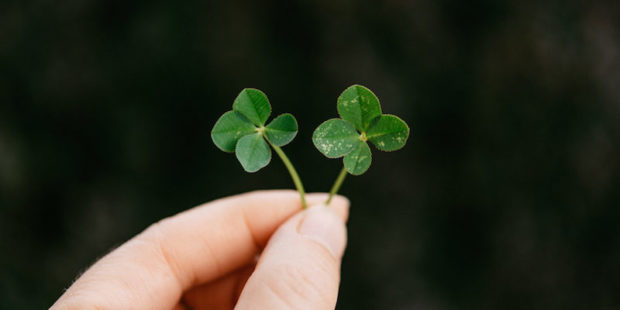The art of carrying round a charm for good luck dates back thousands of years; some of the earliest examples came from the Egyptians, when Pharaohs were buried with jewelry and precious stones for the afterlife. Jewelry embellished with charms and pendants can symbolise all types of different things; Christians in Rome would wear a small charm in the shape of a fish to represent their religion.
Many charms would come from superstition or respect for the Gods, while other charms carried information stored close to the heart in a locket. Men at war would often carry trinkets as a reminder or symbol of good luck, given to them by their wives.
It wasn’t until the 20th century and the reign of Queen Victoria that charm bracelets and necklaces took on a role of mere decoration, as opposed to a practical or symbolic piece of jewellery. Pieces such as family crests hung on necklaces and glass beads became hugely popular.

Lucky charms from across the world
Different cultures have various charms that they regard as lucky. One of the most common good luck charms is the Irish shamrock. Ancient Druids believed they could ward off evil spirits by carrying a shamrock; a 3-leaf one would help them to escape the spirits, while a 4-leaf shamrock would ward off bad luck.
The shamrock is also closely linked to St Patrick; it was said that he used the shamrock’s 3 leaves as a way to teach people about the Holy Trinity.
The horseshoe is another popular lucky charm from Ireland. There are many different stories as to why; one goes back to the 10th century. A blacksmith was visited by a hoofed devil, who asked for a horseshoe. The blacksmith nailed a red-hot horseshoe and the devil begged for it to be removed; after that, the devil was to avoid horseshoes at all costs.
There is a strong tradition of hanging your horseshoe pointing upwards above your home to keep your luck secure.
In other cultures, good luck charms can also be seen. The Middle East favours the hamsa hand, protecting the owner from evil and bringing happiness. ‘Hamsa’ means 5 and refers to the fingers on the hand. In Hinduism, the elephant is said to bring good luck; but only if the elephant’s trunk is up in the air!
Modern day charms
Whether you still believe in their power of luck or you simply just like the idea of an eye-catching charm bracelet, there’s many different ones to choose from. The beauty of charm jewellery is that it can be worn on any occasion and with any ensemble; they often feature simple designs in gold or silver.
Sentimental charms that symbolise good luck or happiness make a great gift too; or even as an alternative to friendship bracelets. Thanks to their versatility, they remain a staple piece of jewellery.
So, if there’s something significant in your life, or you’re simply quite superstitious, a charm bracelet could be the perfect way to express it and add some elegant jewellery to your collection, all at the same time.




